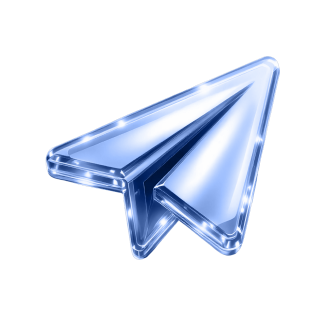Cold call range is one of the most controversial and debated topics. Many players suffer serious losses, regularly creating unfavorable situations for themselves. Today we will analyze this topic in more detail. We discuss the cold call range from the positions of EP+1 — HJ. Examples are suitable for playing in stacks of 40 blinds and above. We are considering the format of 8-max tables — the most popular today.
Important: The cold call range can vary greatly depending on where you play.
Exactly "where", and not just "with whom". Different platforms form different game styles, and experienced players know how much the field differs from room to room. Let's compare PokerDom and PokerOK. At GGPoker, the loose-agressive style prevails. Some players open wide from early positions, others actively bet or squeeze, especially if there is already a cold-call in the pot.
Common cold-call errors in the aggressive field:
- Cold-call with hands type A-Q, A-Jo, T-T, 9-9 instead of 3bet. In stacks of 40 bb and above, such hands are easier to play through 3-bet/fold. A-Jo is not the best starter for the multipot draw, and the 9-9 and T-T go great in the 3-bet against the wide EP-raise.
- Cold-call with "beautiful" hands. Amateurs overestimate broadway maps — both suited and offsuited. Craft aces are also often overplayed. The problem here is the lack of initiative and not always a guaranteed positional advantage. This leads to complex post-flop solutions.
Which starters perform better? Pocket pair from 22 to 88 (99 — according to the situation). In case of hitting the set — a confident game. Missed — easy fold. We received a Squeeze — we assess the situation according to the x15 rule. Simple and effective. With a cold call, you create a hand, and the players behind you can change the dynamics: Squeeze or multipot. You have to be ready for this.
Example of the narrowest possible cold call range (EP — HJ):
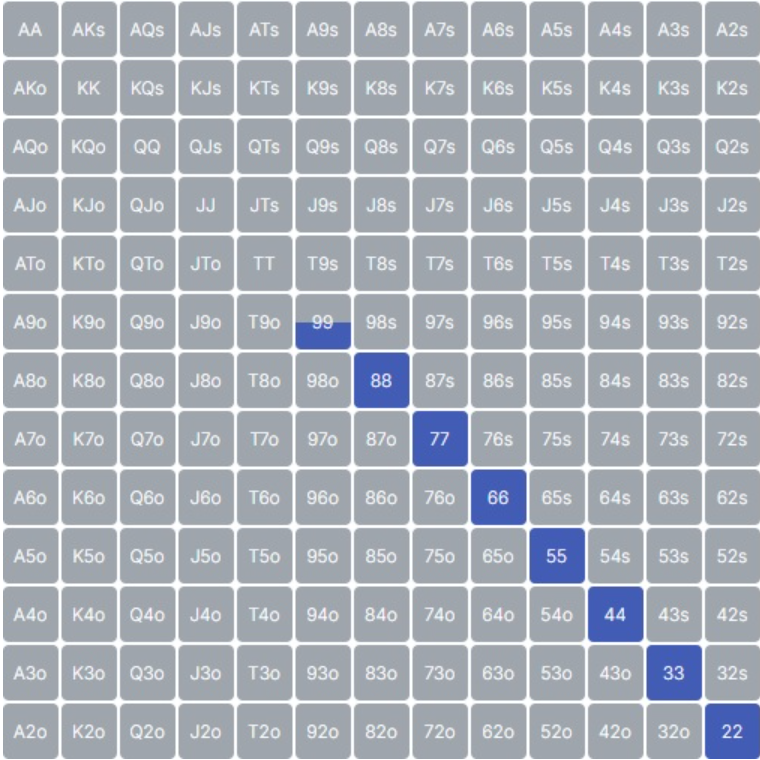
Used on aggressive tables. Such a range is used by some strong reg players.
However, I prefer the slightly expanded version.
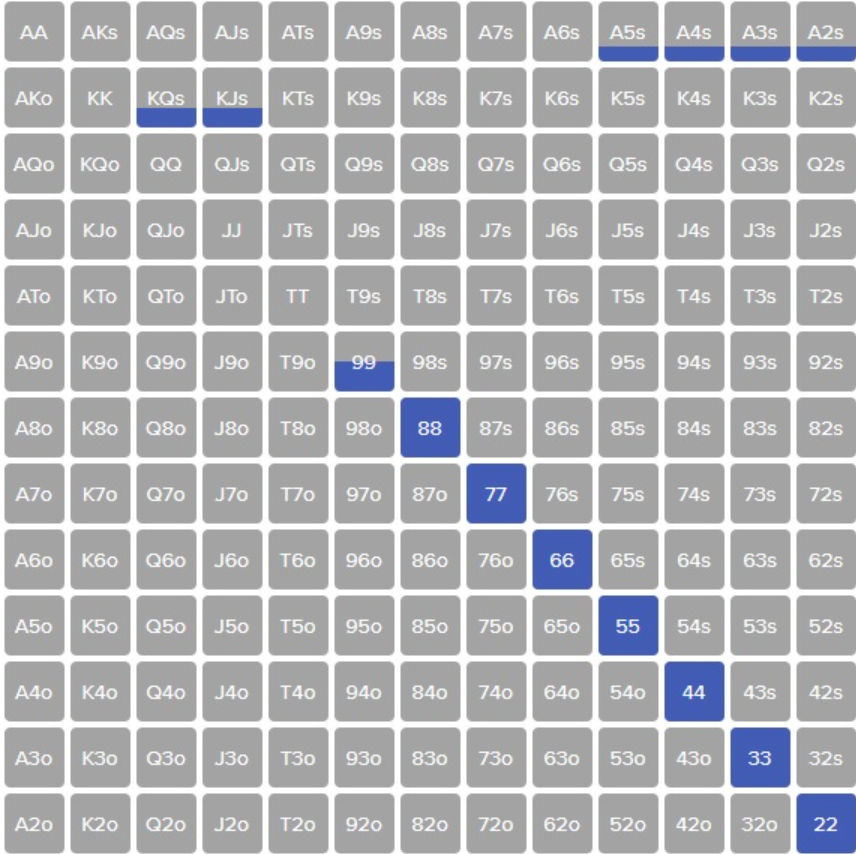
All added arms in the more extended version are weighted (33% or 25%). These are flexible starters that can be varied between a cold call, a 3-bet in a bluff, and a fold as a bluff. How is it more profitable to put this into practice? Randomizer option: use the second hand on the clock. Want to play a hand that weighs 33%? If the arrow is on the line from 0 to 20 — call. But poker is situational - the ability to adapt to a particular table is often more important than theory. If the table is passive, you can expand the range. If aggressive — narrow. This may deviate from the initially selected weight of the hand, but will be a more profitable action on the the long run.
1. slow play of premium hands as a way to exploit the aggression of the field.
If aggressive players are sitting behind you, you can try to slouple the monsters. The main thing is to remember the low weight of such decisions and clearly understand the conditions.
Let's add a small touch to the finished portrait:
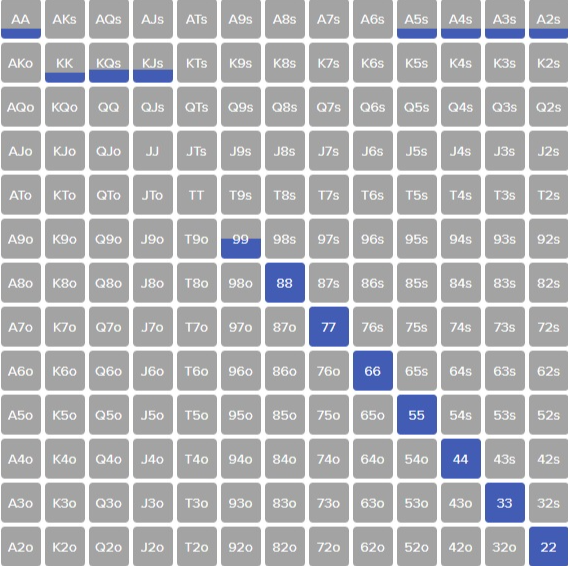
When to think about slow play:
- There are several aggressive players behind you.
- There are a lot of restyling stacks at the table (it is customary to call a restyling stack a stack convenient for 3-bet push. The maximum concentration of restyling situations is observed in stacks 17-25 bb )
- There are short stacks with expensive knockouts.
At the same time, I recommend slow play only with QC and AA. AK in this line is not the best choice.
2. cold-call at the Poker House: the specifics of the field
PokerDom is one of the most unusual and profitable rooms in my practice. There is a predominance of loose-passive play, which means frequent multipots.
I adapted the range to the specifics of the room and here's what happened:
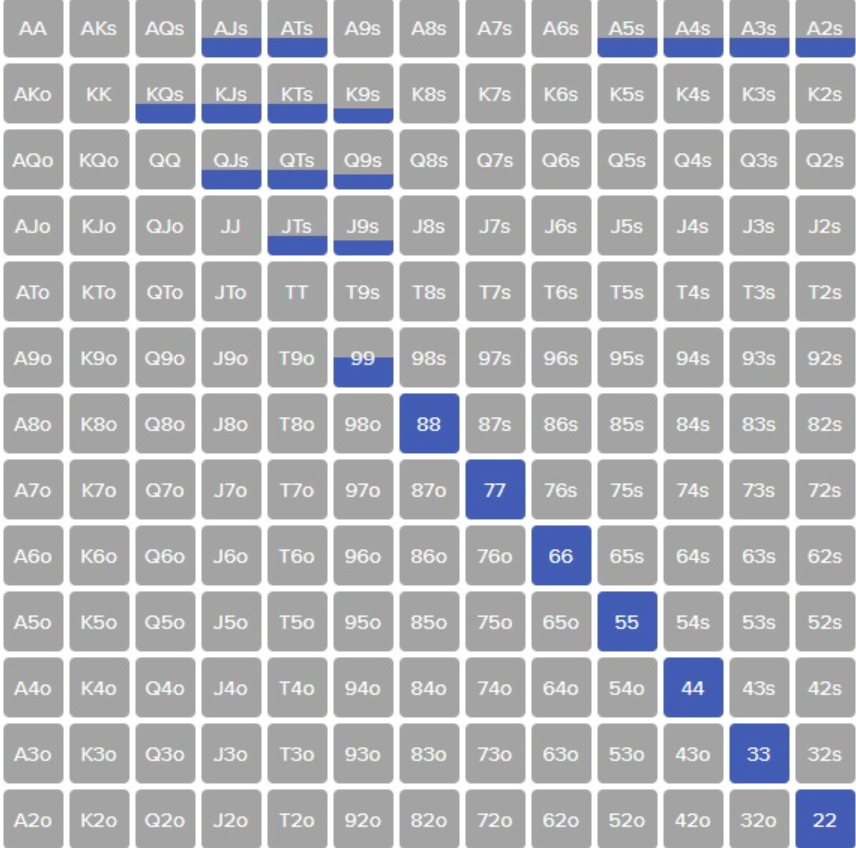
Added mast hands with the potential of straights and flushes. However, hands like 6-7s, 7-8s are excluded: they often fall under the dominate of older flush draw. Squeezes are much less common here, so the range can be expanded.
Important: I only use this range on stacks of 50 blinds and above.
All added hands play well in multiveyes, especially against the passive field. It is important to observe the composition of the table and adjust the range for it. Slow play is ineffective here: with multipot, equity even in AA decreases. Refusing traps is a conscious and justified decision. With stacks of 25 blinds and less, the cold-call range on EP–HJ disappears. You just don't have the depth you need. Hiro still has restila lines, 3-bet/call and 3-bet/fold. Below 30 blinds, the strategy is simplified, but the opportunities to keep the initiative remain. I hope this article has been helpful to you. Good luck at the tables!


